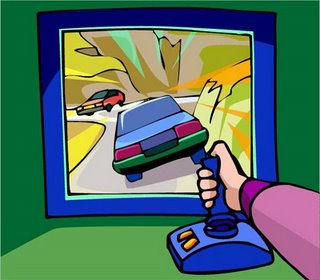Viruses 'trained' to build tiny batteries
WASHINGTON (Reuters) - Researchers trying to make tiny machines have turned to the power of nature, engineering a virus to attract metals and then using it to build minute wires for microscopic batteries.
The resulting nanowires can be used in minuscule lithium ion battery electrodes, which in turn would be used to power very small machines, the researchers report in Friday's issue of the journal Science.
The international team of researchers, led by a group at the Massachusetts Institute of Technology, used the M13 virus, a simple and easily manipulated virus.
"We use viruses to synthesize and assemble nanowires of cobalt oxide at room temperature," the researchers wrote.
They modified the M13 virus' genes so its outside layer, or coat, would bind with certain metal ions. They incubated the virus in a cobalt chloride solution so that cobalt oxide crystals mineralized uniformly along its length.
They added a bit of gold for the desired electrical effects.
Viruses cannot reproduce on their own but must be grown in cells -- in this case, bacteria. They inject their genetic material and then the cells pump out copies of the virus.
The viruses formed orderly layers, the researchers reported.
The resulting nanowires worked as positive electrodes for battery electrodes, the researchers said.
They hope to build batteries that range from the size of a grain of rice up to the size of existing hearing-aid batteries.
Each virus, and thus each wire, is only 6 nanometers -- 6 billionths of a meter -- in diameter, and 880 nanometers long, the researchers said.
"We have previously used viruses to assemble semiconductor and magnetic nanowires," the researchers wrote.
The resulting nanowires can be used in minuscule lithium ion battery electrodes, which in turn would be used to power very small machines, the researchers report in Friday's issue of the journal Science.
The international team of researchers, led by a group at the Massachusetts Institute of Technology, used the M13 virus, a simple and easily manipulated virus.
"We use viruses to synthesize and assemble nanowires of cobalt oxide at room temperature," the researchers wrote.
They modified the M13 virus' genes so its outside layer, or coat, would bind with certain metal ions. They incubated the virus in a cobalt chloride solution so that cobalt oxide crystals mineralized uniformly along its length.
They added a bit of gold for the desired electrical effects.
Viruses cannot reproduce on their own but must be grown in cells -- in this case, bacteria. They inject their genetic material and then the cells pump out copies of the virus.
The viruses formed orderly layers, the researchers reported.
The resulting nanowires worked as positive electrodes for battery electrodes, the researchers said.
They hope to build batteries that range from the size of a grain of rice up to the size of existing hearing-aid batteries.
Each virus, and thus each wire, is only 6 nanometers -- 6 billionths of a meter -- in diameter, and 880 nanometers long, the researchers said.
"We have previously used viruses to assemble semiconductor and magnetic nanowires," the researchers wrote.
